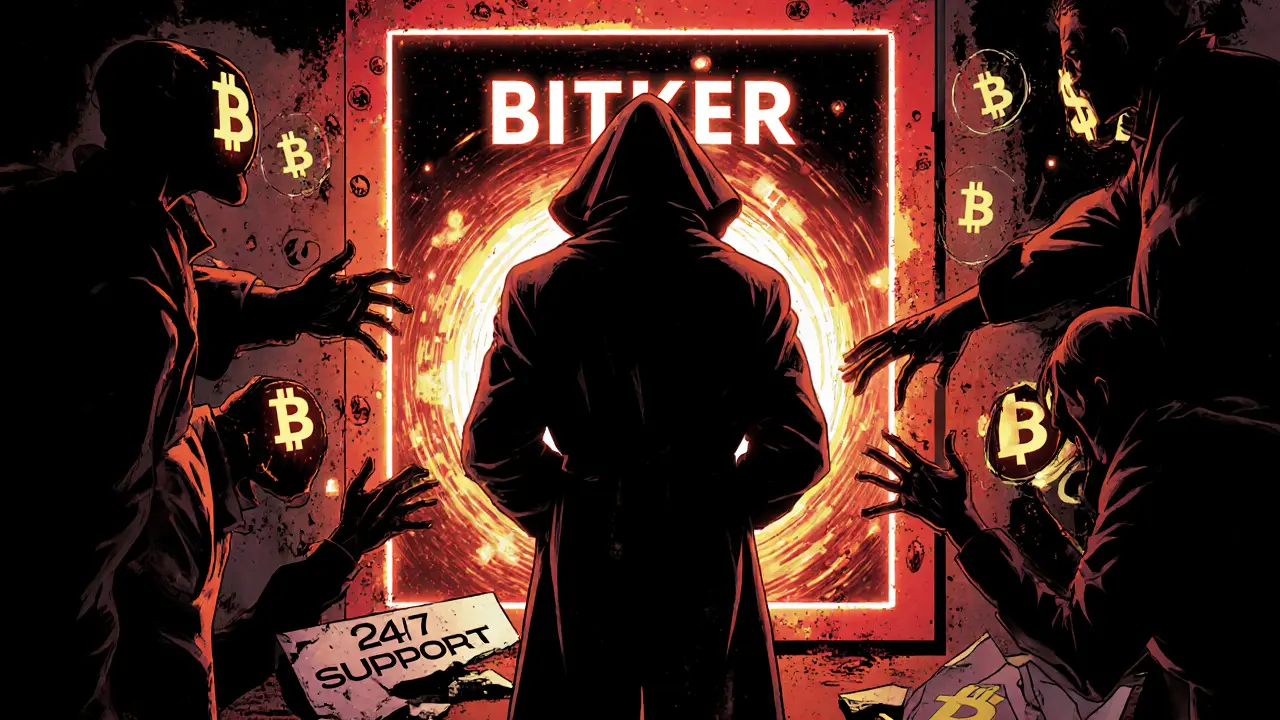Fake Crypto Exchange: How to Spot Scams and Avoid Losing Your Crypto
When you hear fake crypto exchange, a fraudulent platform pretending to be a legitimate place to buy, sell, or trade cryptocurrency. Also known as sham exchange, it often looks just like the real thing—until your funds disappear and you can’t log back in. These aren’t rare mistakes. They’re systematic scams, and they’re getting smarter.
Real exchanges like Kraken or Coinbase use HSM key management, hardware security modules that lock private keys in tamper-proof devices and follow strict compliance rules. Fake ones? They skip all of it. No licenses. No audits. No customer support you can actually reach. Some even copy the exact design of real sites, using fake testimonials and inflated trading volumes to look legit. You might even see them listed on third-party aggregator sites that don’t verify anything. That’s how they trap beginners who trust logos and ratings over facts.
The phishing scams, attacks that trick you into entering your login details on fake websites or apps often lead straight to these fake exchanges. One click on a fake airdrop link, one wrong Telegram bot, and suddenly you’re on a site that asks for your seed phrase. Once you give it up, your crypto is gone—no chargebacks, no recovery. Even if the site looks polished, if it doesn’t support your local currency, doesn’t list major coins like BTC or ETH properly, or pushes you to deposit fast with "limited-time bonuses," it’s a trap.
Look at the pattern: fake exchanges thrive on hype. They promise high leverage, zero fees, or exclusive access to new tokens—things real platforms can’t legally offer without oversight. Zedxion Exchange, for example, was flagged for fake volume claims and zero regulatory backing. That’s not an outlier. It’s the rule. Real exchanges publish their security certifications, their audit reports, their legal team’s names. Fake ones hide behind vague terms of service and unverifiable "team" photos.
You don’t need to be an expert to avoid these traps. Just ask: Is this exchange listed on CoinMarketCap or CoinGecko with verified trading volume? Does it support direct bank deposits from your country? Is there a public phone number or physical address? If any of those are missing, walk away. The fake crypto exchange doesn’t care if you lose money—it just needs you to click.
Below, you’ll find real breakdowns of platforms that turned out to be scams, deep dives into how security works on trusted exchanges, and clear warnings about the latest phishing tricks targeting crypto users. No fluff. Just what you need to protect your assets before it’s too late.
BITKER was a fraudulent crypto exchange that vanished in 2021 after stealing over $1.2 million from users. This review exposes its scams, red flags, and why you should never use it.

